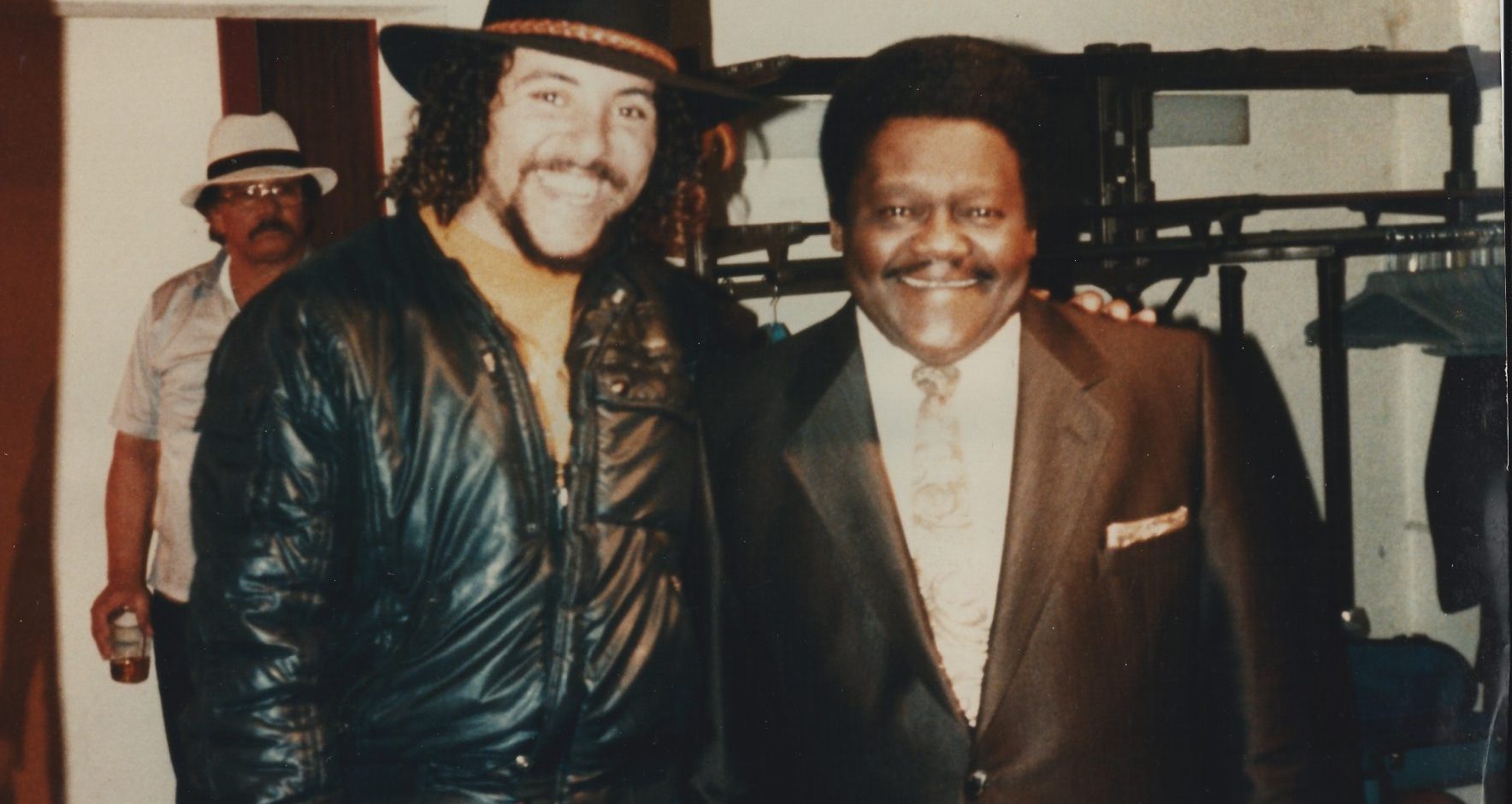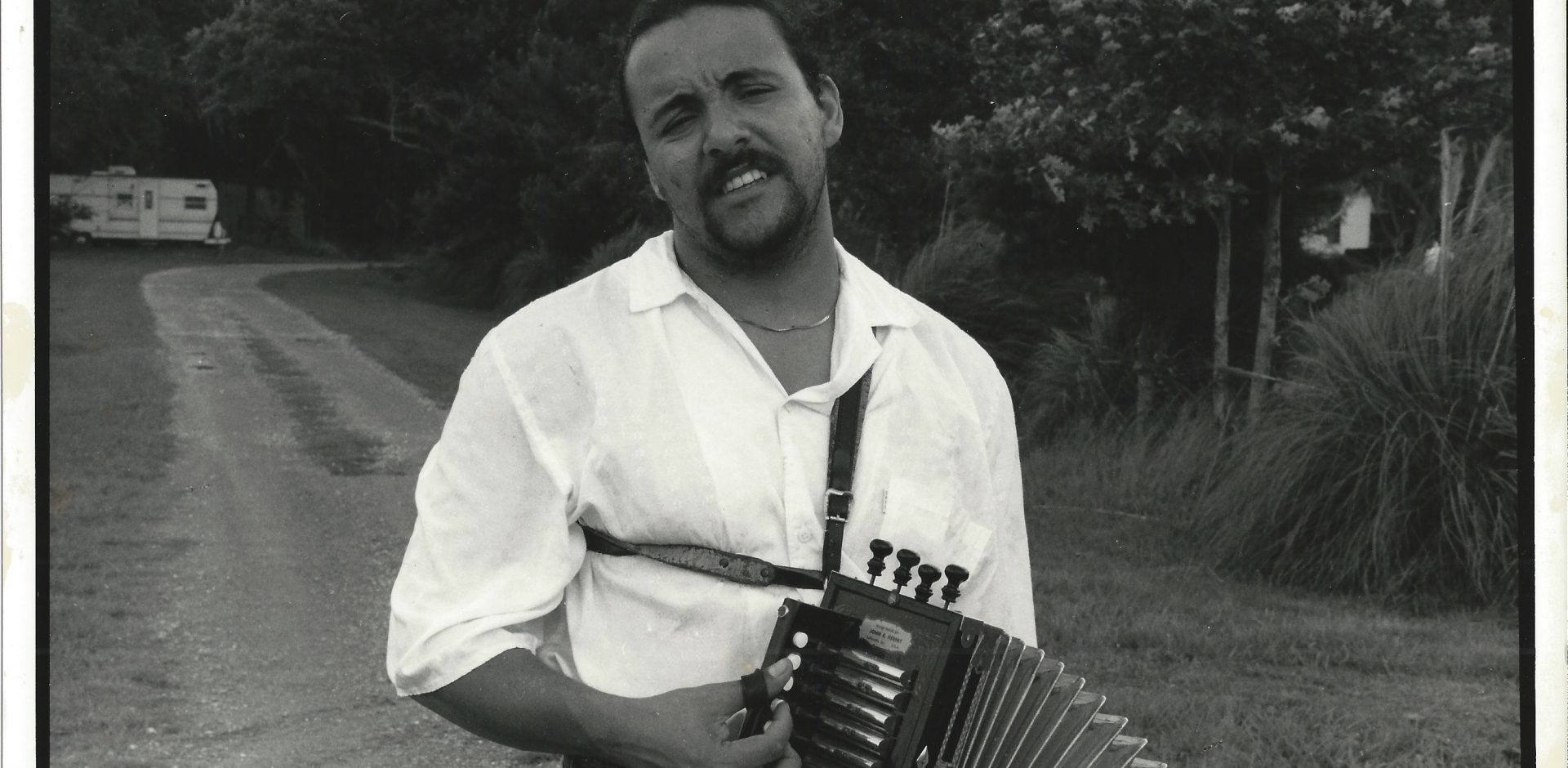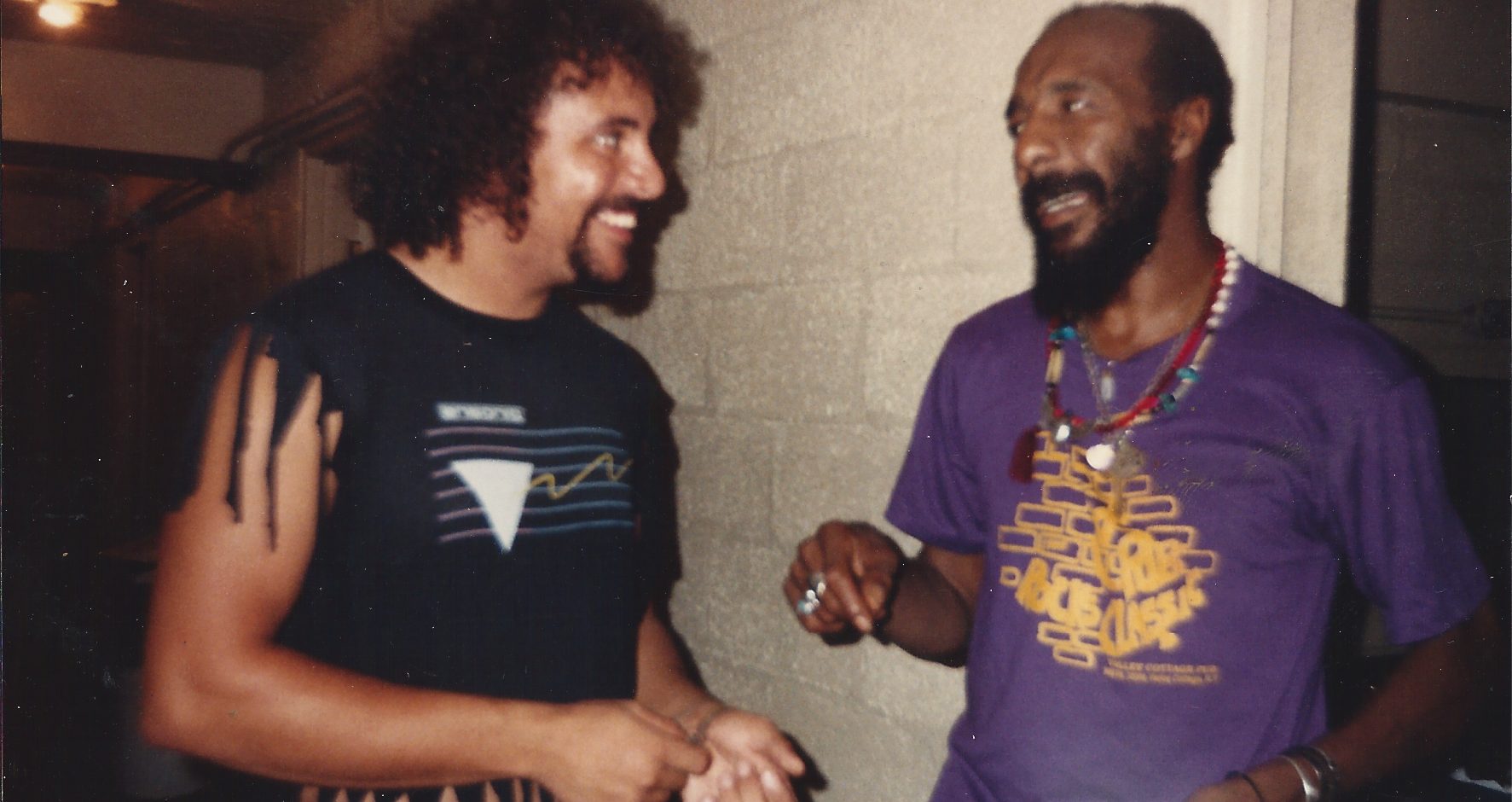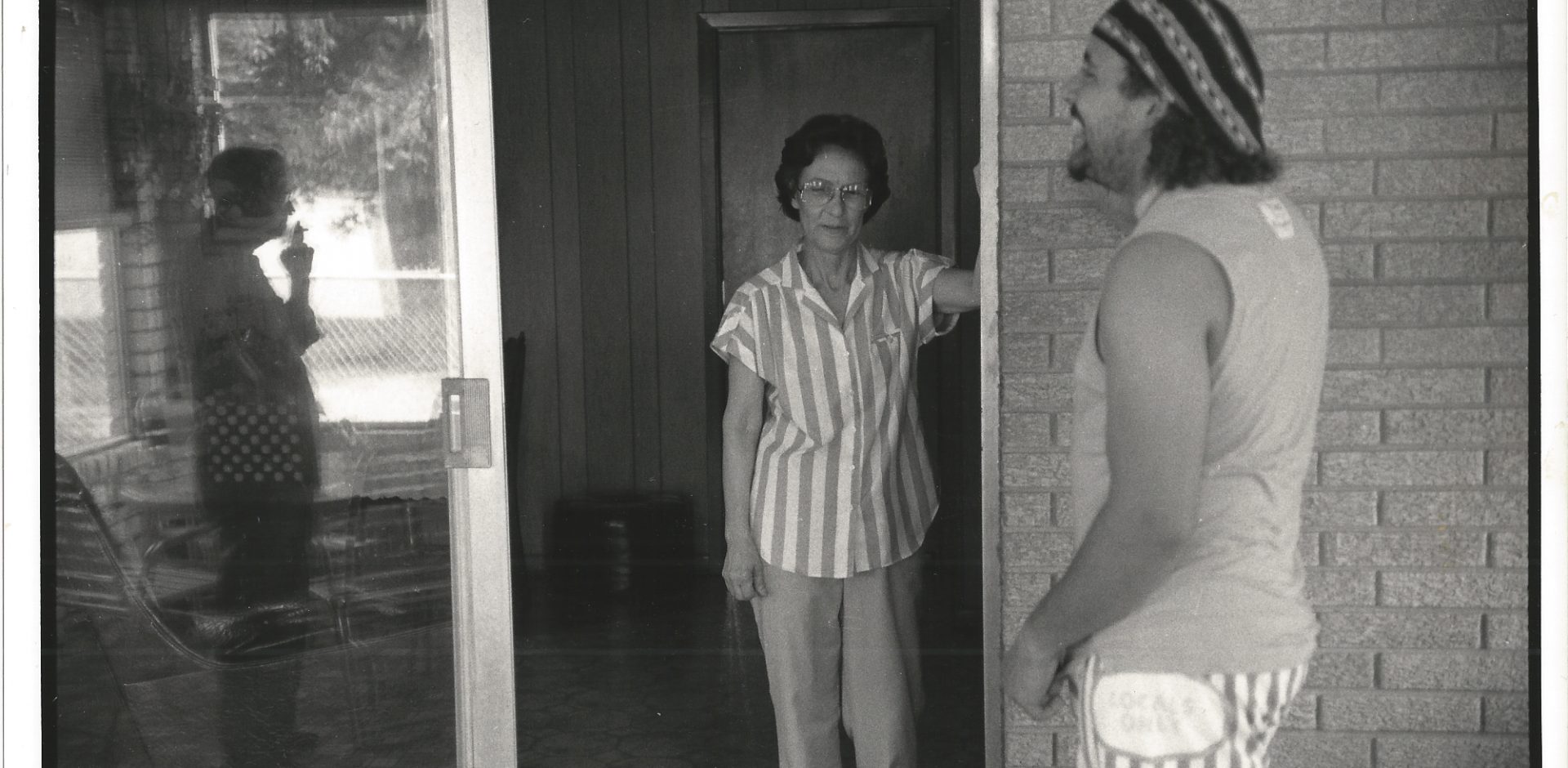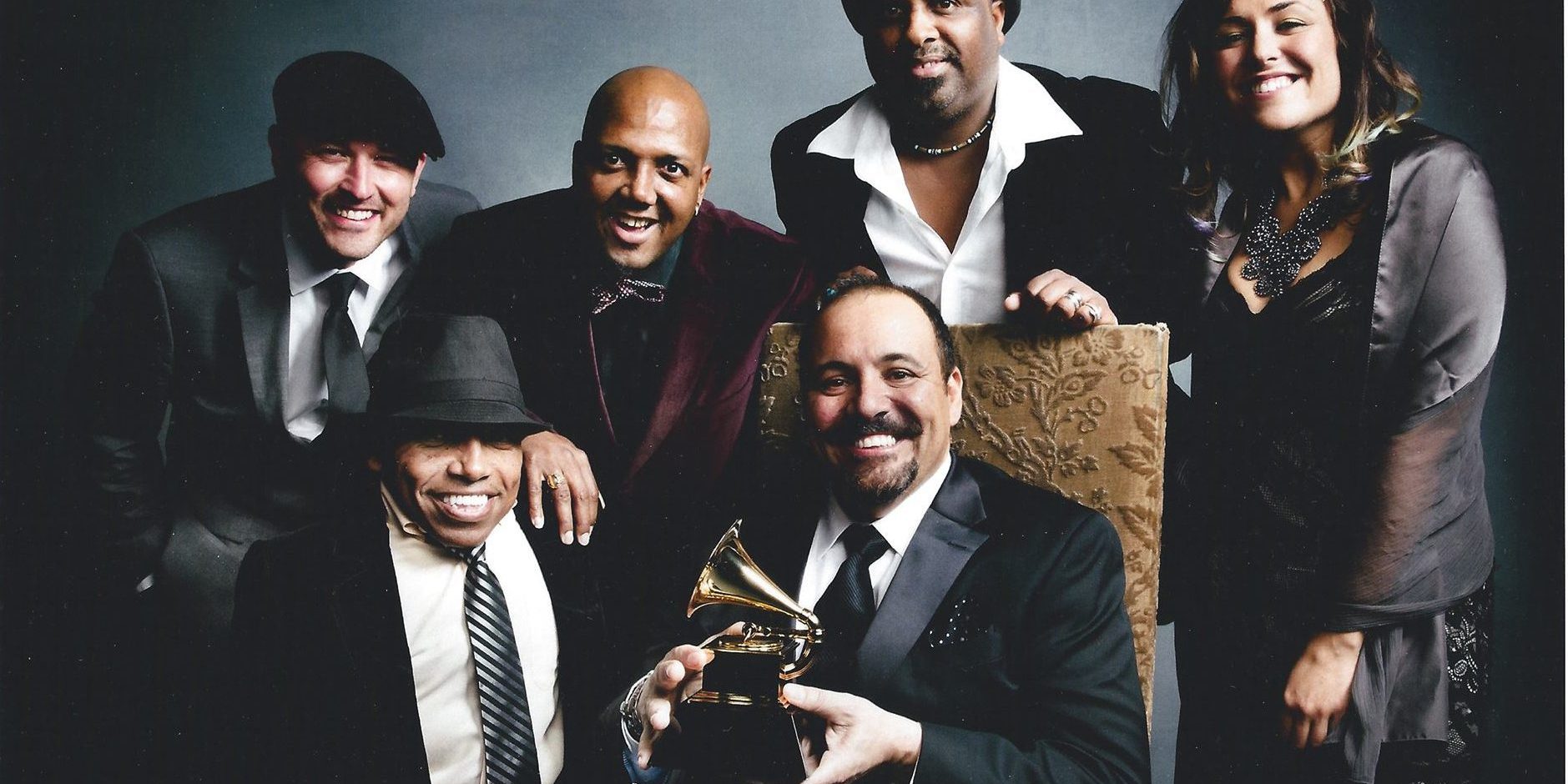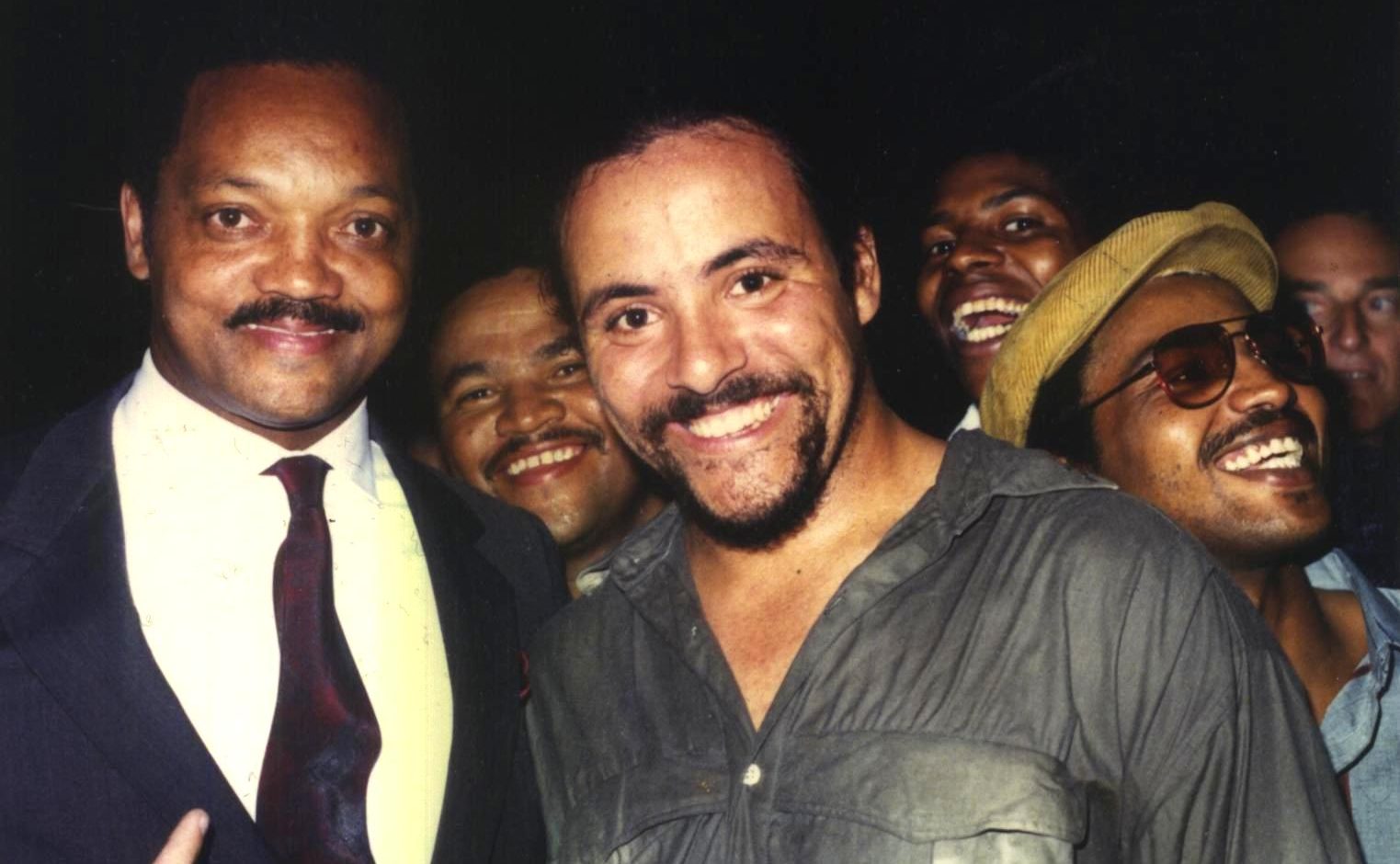FAQ
A: Zydeco is Black American roots music. It was born in Louisiana to African Americans and mixed race French speaking Creoles, who are documented as some of the first families of Louisiana. Zydeco has become synonymous with the cultural identity of Louisiana, the U.S. and the American South. The two primary instruments in Zydeco are the accordion (diatonic-button & chromatic-key) and the Zydeco Rubboard or frottoir (French for friction strip). The music can be sung in both French and English. Popular folklore tells the story that the word came from a corruption of the Creole French saying spoken quickly ”les haricot son pas sale”, (the snap beans are not salty) could sound like “les zydeco son pas sale.” The academic interpretation and the one we prefer, finds the word rooted in one of the many African words “zaico, zodico, zari, zarico or zaico laga laga”, all meaning “to dance and a dance”. There are many definitions of zydeco swirling around the internet with most of them being inaccurate, so we hope you use caution and when you see the word Cajun in the context of a zydeco definition - shut it down, asap! Zydeco is not Cajun music and vice versa. The Creoles and the Cajun have some shared some history and share Louisiana land. The Cajuns are the French Canadians/Acadians who were exiled from the Maritime provinces or Acadie, of Canada. Their history is unique to them. When a handful of Acadians arrived in LA in the late 1700's, they found the French speaking blacks and mixed race Creoles already living off the land. Also, please don't forget basic American history that kept whites and blacks socially segregated with slavery. Oppression, discrimination, pay inequality and social segregation did not end with emancipation in 1965. So, for anyone to suggest that zydeco is a "descendant" of Cajun music, even academics, they are just perpetuating inaccurate information. There are few people alive today who are as expert about this genre as Terrance Simien. So, ask him and he will deliver you one of the most knowledgable explanations of the music and history that will find. He's lived it and worked professionally in his field as long as anyone else living today.

